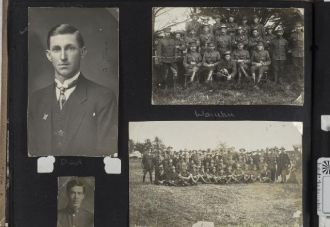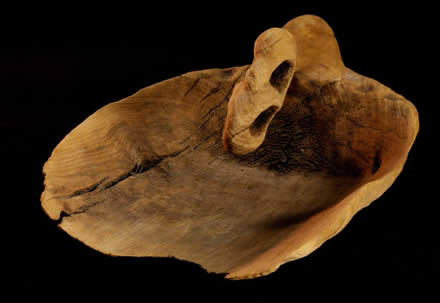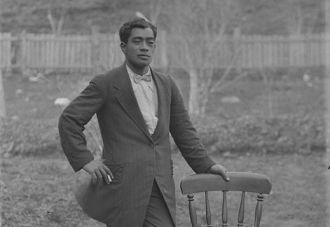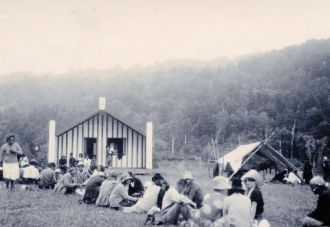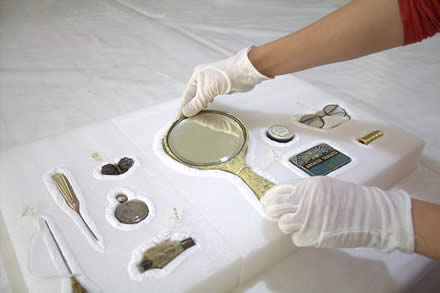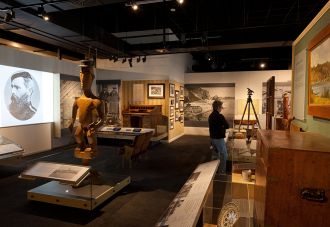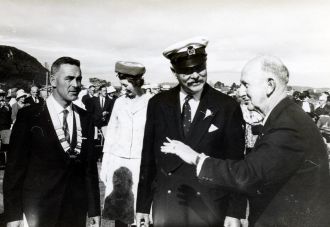This article originally appeared in Plenty Magazine.
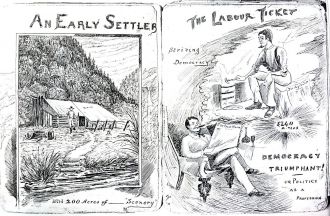 Art lives long, life is short. That was the personal motto inscribed in the journal of James Forsyth, a writer, artist and wanderer who left behind some of the earliest paintings of Whakatāne, and who - on Saturday 10 July 1896 - was found dead in his humble shack at Ōhiwa, his head battered in, a hammer clutched in his hand.
Art lives long, life is short. That was the personal motto inscribed in the journal of James Forsyth, a writer, artist and wanderer who left behind some of the earliest paintings of Whakatāne, and who - on Saturday 10 July 1896 - was found dead in his humble shack at Ōhiwa, his head battered in, a hammer clutched in his hand.
His death shocked the fledgling settlement and the coroner’s verdict – suicide whilst insane – was even more shocking and is still puzzling today.
Not a great deal is known about James Forsyth. Even his age at the time of his death – 32 or 39 – is in contention. It is known that he was born in Scotland and had travelled throughout Australia before arriving in New Zealand, supposedly because he had two brothers in Auckland. He was an accomplished artist and writer, and he used these skills to make a meager living selling cartoons and sketches to newspapers and magazines.
What drew him to the small settlement of Ōhiwa is also unknown. At that time, Ōhiwa was primarily a port town serving the Eastern Bay, but it had a popular hotel and was considered to have a bright and industrious future. Forsyth was a regular at the hotel, but was not considered a heavy drinker, and by all accounts he was well-liked in the community and was popular amongst local Māori, whose lands he often sketched. He worked in a roading gang to supplement his income, and whenever he had the means, he would travel throughout the District to find subjects for his drawing and painting.
Once his death had been discovered, the police investigation was swift, but many felt it was also summary. The New Zealand Herald reported the episode under the heading “The Strange Death of an Artist” and local theories abounded. A modern interpretation of the contemporary evidence carried out by a television documentary in the 1990s found that the wounds to Forsyth were unlikely to have been self-inflicted, and were so shallow that they may have been made by a child or woman; this finding only deepened the mystery surrounding Forsyth’s demise.
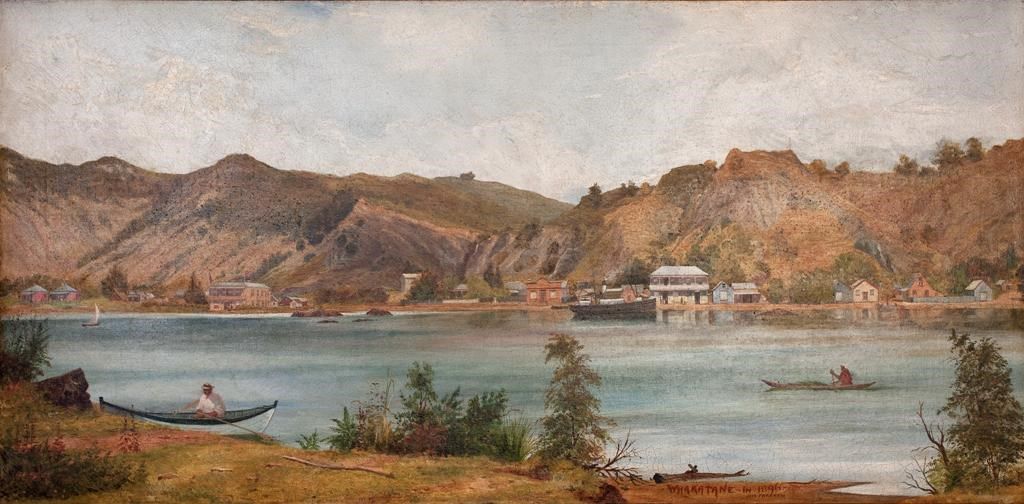
James Forsyth’s life was short, regardless of whether he was 32 or 39 when he met his end. And Ōhiwa would not out-live him for long, as erosion would soon see the hotel and ultimately the whole settlement slip into the harbor and history forever. In the 1970s, that same erosion would attempt to take Forsyth, as the cemetery where he was buried also fell victim to the shifting sands; his grave, along with many others, was moved and his mortal remains are now lost to time forever. But his art does live on. One of his paintings of Whakatane, believed to be the earliest colour rendition of the town, was gifted by Forsyth to Catherine Little, who together with her husband ran one of the hotels depicted in the painting. It shows Whakatāne in its formative years, the early incarnations of the Commercial and Whakatāne Hotels in much the same positions they occupy now. The steamer shown is probably the Chelmsford, which was the town’s main contact with the rest of the country, while the waka in the foreground may well have been taking flax to the town’s main industry, the flax mill.
The painting was donated to the Museum in 1994, and following restoration and reframing, James Forsyth’s “Whakatane in 1896” is now on permanent display at Te Kōputu.

